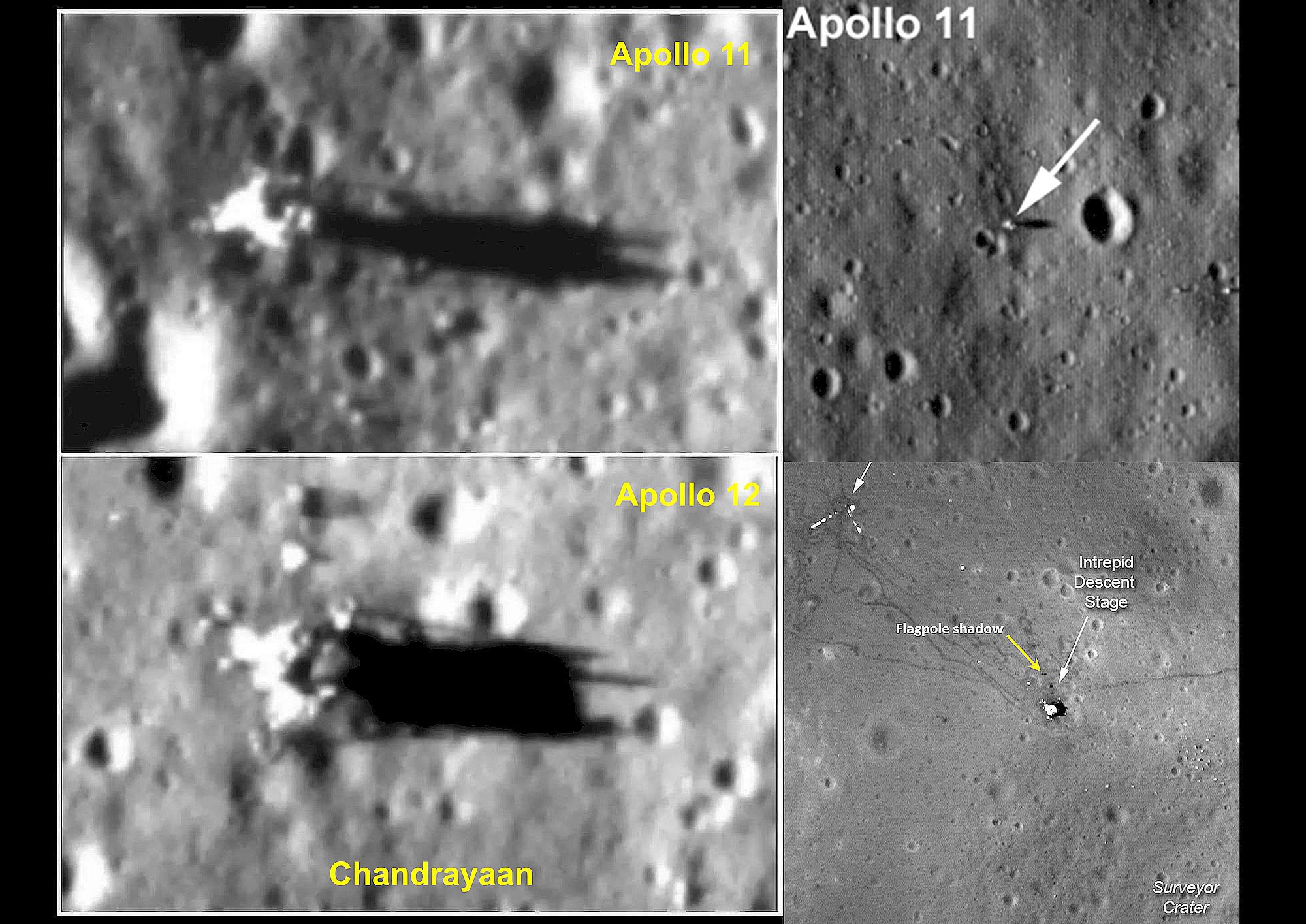These days, conspiracy theories are rife in society: the twin towers did not fall on September 11th due to the impact of aircraft and the subsequent fires, they were controlled demolitions; the 2020 Presidential Election in the USA was won due to massive fraud, stuffing boxes of supposed postal ballots with false ballot papers; aircraft spray chem trails every day with mind-controlling chemicals; COVID never existed, people were dying of radiation poisoning from mobile telephone antennas; NASA is hiding the evidence that the Earth is flat; COVID vaccines contained microchips to... (you guessed it!) make us docile to government control. Some would be funny if they were not serious. Others, such as campaigns to discredit vaccines are just plain dangerous and cause unnecessary suffering and deaths (do we really want to return to an age when 50% of children died before they were 10 years old due to the lack of modern vaccines that prevent fatal diseases?)
One that gets more traction every year to the extent that now, it is almost a majority belief, is the idea that the Apollo 11 landing was staged on a backlot in Houston, with CGI effects and a cast directed by Stanley Kubrick. Films like 'Capricorn 1' and 'Fly me to the Moon' have done a lot to promote the idea that it would have been a trivial exercise to fake the Moon landings (one presumes that Apollos 12 to 17 were also faked). Modern special effects are so good that it is almost impossible to tell what is real and what is fake. However, roll back to 1969 and, even the very best special effects that money could buy could never be mistaken for reality and computer graphics barely existed. '2001 a Space Odyssey' was for years the gold standard in special effects, but you could never, ever confuse it with reality: an inconvenient fact that conspiracy theorists ignore.
One thing that I hear time and again is 'the fact that NASA refuses to prove the reality of the landings and does not want to debate with the people who say that they were fake proves that they were a fake'. The thought that NASA has better things to do with its time and money than waste them on these people and that it is for Moon landing deniers to prove their case, does not occur to them. That there is not a single whistle-blower among the estimated TWO MILLION people who worked directly or indirectly on the Apollo programme speaks for itself. I have seen the Apollo 11 samples in person. I have had dinner with the man who built the camera that filmed the Apollo 11 astronauts on the Moon (it was not Stanley Kubrick) and, nine years old, I watched the landing and moonwalk whole night: when you saw, you knew that it was real.
Ah, but the deniers reply: why does NASA not go back to the landings sites and prove that they are real.
Sigh!!!
Actually, NASA has. And not just NASA. The Indian Space Agency, ISRO, has too (just in case you argue that NASA is faking their proof too). A few years ago, in time for the 50th Anniversary of Apollo 11, NASA's Lunar Reconnaissance Orbiter was targeted to pass just 10km over the various landing sites and take high-resolution images. Even from 10km altitude, the resolution is not great, but you can see that Lunar Module, you can see the instruments and you can certainly see very clearly the tracks that the astronauts made during their Moon walks. You can even see the discarded backpacks, thrown out of the Lunar Module, glinting in the sunlight at the base of the ladder. One thing that you do not see is the Apollo 11 flag, blown down when the astronauts took off. You do see the shadow of the Apollo 12 flagpole but, of the flag, there is no trace: it was bleached by solar UV radiation within months of planting and, gradually, disintegrated - if you went there now, there may still be a few, surviving shreds of material attached to the pole, but nothing that is recognisably a flag.
Now, ISRO has gone one better and taken images with a resolution of just a few tens of centimetres. You can even see details such as the footpads and the shadows of the struts of the landing legs clearly.
If you compare the NASA and ISRO images, you see the same craters are visible in the two images, which were taken several years apart. You also see how close Neil Armstrong was to putting a leg of the Lunar Module into a crater just lower left of one of the footpads that could have tilted dangerously the Lunar Module.
If these images do not convince you, you really do not want to believe, rather than having any rational reason not to believe.

Lunar Reconnaissance Orbiter even made repeat passes over the Apollo 11 landing site over two weeks to produce the spectacular movie below of how the appearance of the landing site changed as the Sun rose and set.
Details such as the tracks that the astronauts made and the instruments are best seen with the Sun high in the sky. However, a low Sun, with shadow, best shows other details such as the Lunar Module profile and surface relief:
When I watch this movie I find it amazing that we can trace the exact route that Neil Armstrong took on his solitary walk to the crater east of the Lunar Module that was depicted in the film 'First Man' and how he did not trace exactly the same route coming back. It really does take me back to that night in July 1969 when I watched those amazing, fuzzy pictures on TV.